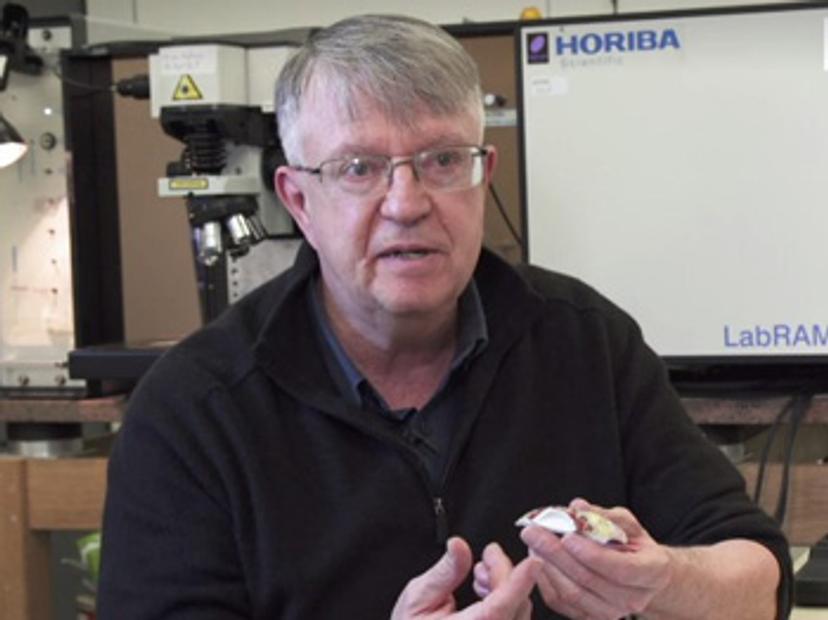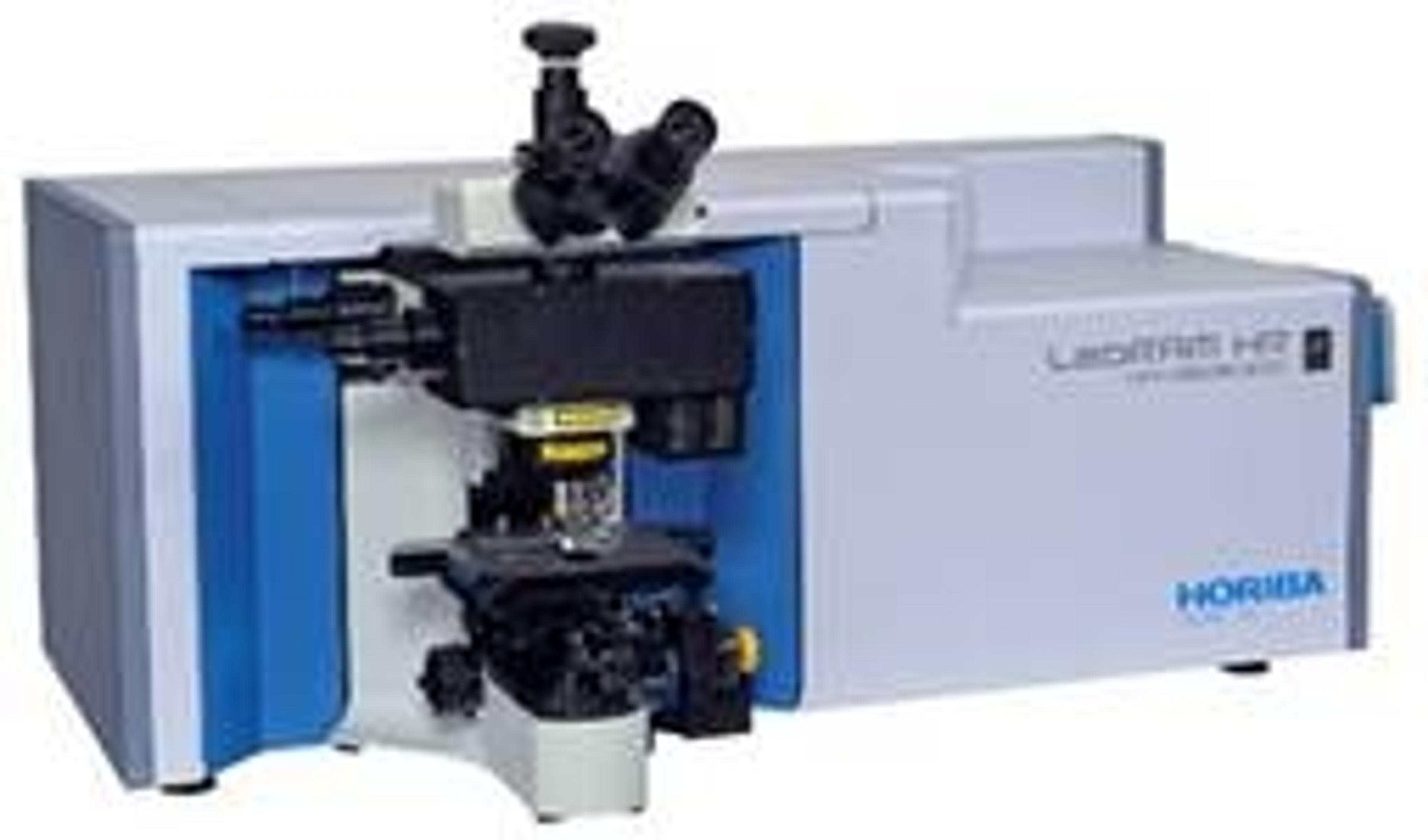Sorbonne expert uses Raman spectroscopy to distinguish genuine ancient Chinese artefacts from fakes
Prof. Philippe Colomban describes how he uses innovative Horiba technology to investigate ceramics, glass and enamelware
21 Dec 2020
In this SelectScience® interview, Prof. Philippe Colomban, CNRS Research Professor Emeritus, Sorbonne University, France, describes his work using Raman spectroscopy to gain a greater understanding of ancient Chinese artefacts and the transfer of knowledge from Europe to China during the 17th and 18th centuries. Colomban also discusses the innovative portable technologies enabling non-destructive, on-site analyses in museums.
Q: Tell us a bit about your principle fields of research
My main expertise is in the field of material science, solid-state physics, and solid-state chemistry, as well as two main techniques, crystallography and spectroscopy. My current research is dedicated to the understanding of materials and especially the technologies involved, which is very important for the identification of ancient artefacts. My interest lies in the field of ceramic, glass, and enamelware and this research is conducted in cooperation with China.
Our main goal is to contribute to a better understanding of the technologies transferred from Europe to China, also to identify how China could benefit from these skills.
When we examine artefacts, especially those which have complex elements within the core, we can see differences in composition between ones made in different eras. Identifying the specific pigments used can give you information not only about the time of production, but also on the place of production.
Innovation often starts in one place, using a novel method. Problems arise when others try to imitate the original method using other technologies or techniques. This results in different information generated when analyzed. However, we can also extract information about the date of production in other ways. Enamel is a silicate — water very slowly enters silicates, this process is slow, a few microns or less per century. If you compare a genuine artefact, for example, from the 14th century and a copy from the 19th or 20th centuries, the quantity of water inside the silicates will be different, therefore providing a tool to identify fakes in a non-destructive way.
Q: What technologies are you currently using and why?
We use Raman spectroscopy to get information about materials with covalent bonds. A covalent bond is a bond in which electrons are shared between two atoms. When the atoms are excited, a Raman spectrometer detects the vibration of these bonds. As they vibrate, the shape of the electronic root changes giving the Raman effect.
Q: Why do you use Horiba spectroscopy tools in your work?
We use Horiba Scientific instruments because of the good characteristics these spectrometers offer. For the study of cultural heritage, three important characteristics are needed. The first is the ability to control background and extract both bonds, this is because glassy materials give poor Raman spectra. The second is the possibility to adapt high-quality optics for the study of many materials. We need to have a portable instrument that can be used to analyze the original artefact in the original location.
Also, it’s important to be able to use high magnification. We use up to x200 magnification, which corresponds to a spot less than 1 micron along the Z-axis. For example, when analyzing pigments it is possible to look at one individual grain at a time. If you are able to determine the use of fluorescence or without fluorescence, you can adjust the focus on the pigment grain without fluorescence interference to get a good signature.
Q: Can you tell us about your use of portable spectroscopy systems, what they are needed for, and how have you collaborated with Horiba in their development?
In the past, it was relatively easy to take nice artefacts from museums and transport them in the car to the lab in order to examine them.
Now, regulations are much more complicated and it's not possible to move objects without paying for insurance which rapidly increases the cost of these studies. So, we prefer to move the spectrometer into the museum, into the exhibition room itself or alternatively the storage room. For that, we require a setup which is easy to install and gives good results.
Therefore, in 2000, we started a collaboration with Horiba Jobin Yvon SAS, to design a system for use in an industrial environment and in which the spectrometer was in a big box for easy transportation. We suggested to Horiba to dismount the system in order to have a multi-part setup in which it was very easy to install the laser source, the spectrometer, and a remote probe whilst in the museum, close to the artefact, without disturbing the presentation in the museum.
Q: What are you hoping your research will achieve in the future?
If I had a dream for the future, the first would be to continue the study of ceramic and glass and aluminium silicates. With blue excitation, we don't have this kind of equipment at present, but with blue light, it would possible to detect even smaller quantities of water entering silicate glazes to gives even more accurate information about the date of production in order to discriminate between a genuine object and a fake.
Watch Prof. Phillipe Colomban discuss his research here using Raman spectroscopy here>>
Learn more about the LabRAM HR Evolution>>

